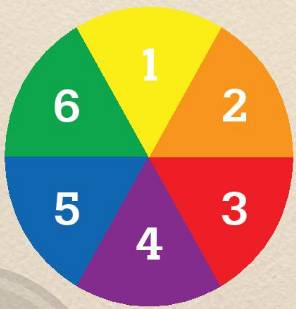III. Choose the best answer or do the tasks as directed.
1. The items on display in Da Nang Museum of (Cham / Thai / Tay) Sculpture are very interesting.
2. The colour (red / yellow / green) of the five –coloured sticky rice represents the earth.
3. I like (a / an / the) way she solved that problem.
4. Under the new regulation, workers (have to / should / need) wear protective clothes.
5. There’s a custom (that / for / of) eating moon cakes at the Mid-Autumn Festival.
6. We (followed / have followed / are following) this programme since last week.
7. (Who / What / Which) of your parents will go to the meeting?
8. “It’s right up your street” means the type of something (you enjoy doing /you can find near your house / you don’t like).
9. The time when the farmers collect their crops is (free time / leisure time / harvest time).
10. (Feeding / Herding / Ploughing) is taking the cattle out for food and looking after them.
11. We enjoy running around the fields, shouting and laughing (happy / happier / happily).
12. The abbreviation of “love” is (J /, <3 / n’).
13. She feels (sad / sadly / sadness) because of the bad result.
14. After school, he often helps his mother collect water (from / in / by) the river.
15. (Country/ City /Nomadic) life is hard because people have to move a lot.
16. In the Central Highland, the biggest and tallest house in the village is the (ger/communal house /stilt house).
17. (What / Where / Which) part of our country would you most like to live in?
18.This is (a / an / the) most interesting book I have ever read.
19. It’s the custom for the children in our family (going / go / to go) to bed at 9 o’clock.
20. You (must / should / have to) stop when the traffic light is red.
21. ‘Spot on” means (exactly / wonderful / totally correct).
22. He told me (a / an / the) very interesting story last night.
23. There is a custom of (given / giving / give) presents at Christmas in my family.
24. This is (a / an / the) book I want you to read.
25. Five-coloured sticky rice is a (speciality / dish / tradition) in many parts of Viet Nam.
26. We like him because he is (a / an / the) honest person.
27. Tet is an occasion for family __________ in Viet Nam. (visitings / meetings / reunions)
28.The Le Mat Festival __________ the founding of the village. (worships / commemorates / performs)
29.Saint Giong was unable to talk, smile, or walk __________ he was three years old. (if / because / even though)
30.The English test was _______ than I thought it would be. (the easier / more easy / easier)





The red ants are on the yellow bus.